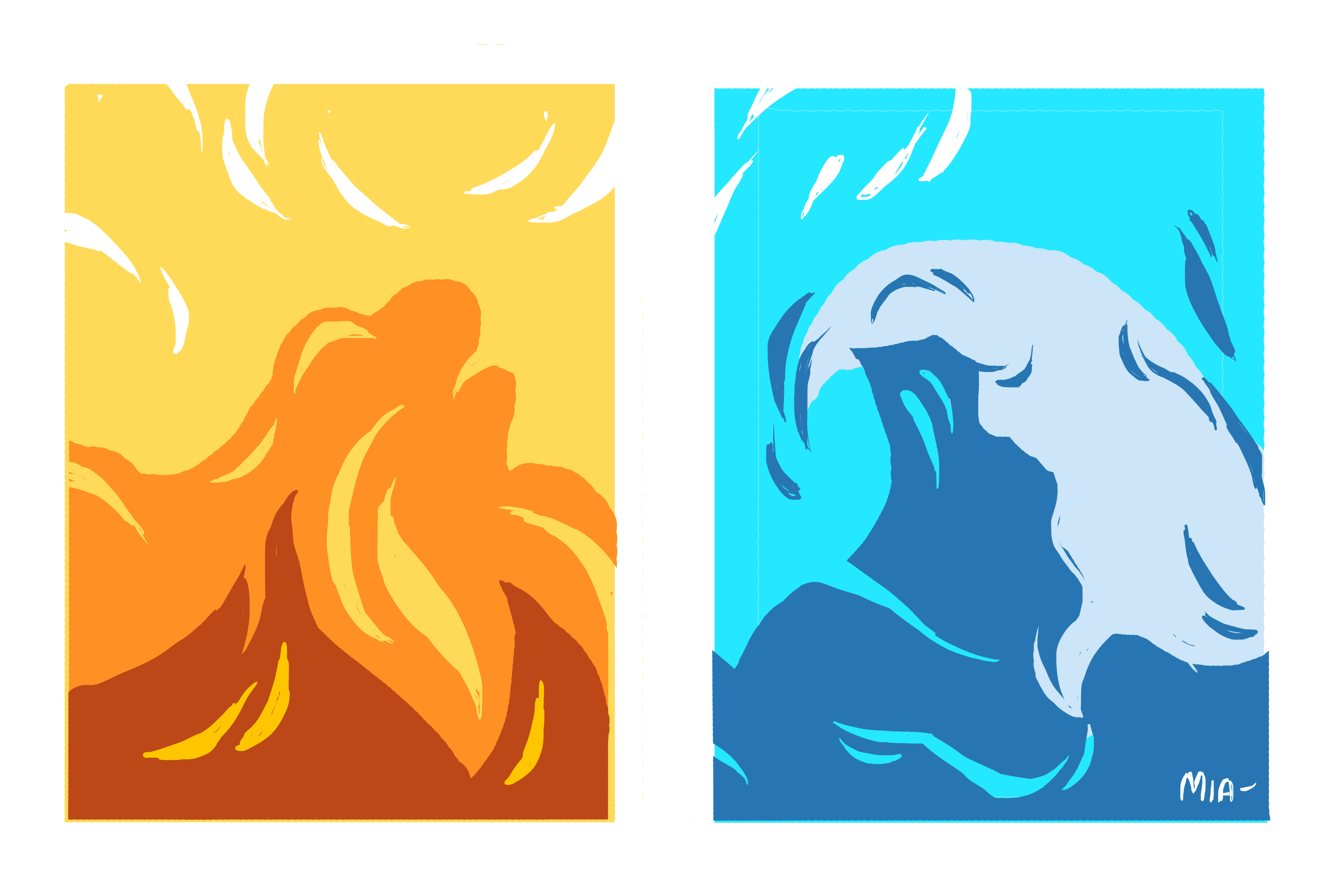On October 16, 1954, Toronto suffered one of its worst natural disasters in recent memory. Hurricane Hazel dumped 65 billion gallons of water on Toronto virtually overnight and resulted in catastrophic floods that killed 81 people, left 1,868 homeless, and caused damage equivalent to $1 billion today.
Hurricanes are not typically associated with Toronto, and since Hazel, they have largely fallen off the public’s radar. Yet, according to U of T PhD candidate Athena Masson, whose work focuses on hurricanes, we are not immune. “Eventually we will have another Hurricane Hazel.”
What can Toronto do to prepare for these inevitable events? U of T is home to several researchers conducting work on natural disasters, from tornado occurrence modeling to the development of earthquake-resistant structures. This research is not only applicable on a global scale, but it can be potentially applied to Toronto as well.
Hurricanes
As a child growing up in Florida, Masson’s fascination with natural disasters began when Hurricane Andrew devastated her state in 1992. Her interest eventually brought her to U of T, where she is developing a new scale for measuring hurricanes in the North Atlantic Basin.
The currently used scale, known as the Saffir-Simpson Hurricane Wind Scale, measures the strength of a storm based on its maximum sustained wind speed. Masson, however, believes that just measuring wind is not enough — there are additional components of a hurricane that need to be calculated to truly grasp its severity, such as size, pressure, and storm surge.
With the development of a new scale that includes these factors, Masson hopes that this research will help improve the public’s understanding of the dangers associated with hurricanes and motivate people to evacuate.
She believes that Toronto is ill-equipped to handle a hurricane. “The problem with Toronto is that I don’t think that their drainage system is really up to speed… That puts Toronto [in] a very vulnerable position — especially the downtown campus.”
Masson referenced the half-hour thunderstorm in July 2013 that flooded the Don Valley Parkway: “It crippled this city and it was just a simple storm.”
Earthquakes
While hurricanes are hard to forecast, a natural disaster that remains even more unpredictable is the earthquake. Since there is no reliable way of knowing when and where an earthquake will occur, one of the best ways to prepare is to build structures that can withstand the shocks. Professor Constantin Christopoulos in the Department of Civil Engineering is doing just that. His work revolves around how to “develop new structural systems that are more resilient to extreme earthquake loading.”
“This is done by using new technologies that allow structures to absorb the seismic energy without damaging the main structural elements and while also reducing overall damages to content and equipment that is housed in these structures,” he said.
Although active research on earthquakes is taking place at U of T, Torontonians do not have the same awareness of this type of disaster as, for instance, Canadians on the west coast do.
“The seismic hazard on the eastern side of the country… is generally lower than it is in BC,” said Christopoulos. “However, the vulnerability of the buildings is generally higher as the construction industry and people in general are less concerned with earthquakes on this side of the country.”
He also added that not enough is known about earthquakes in eastern Canada, which adds to the danger. “There is still potential risk of seismic damages and losses in big cities like Montreal, Ottawa and Toronto.”
Tornadoes
While hurricanes and earthquakes may seem unlikely to the public, the Greater Toronto Area is familiar with tornadoes. This past summer was marked by tornado warnings in southwestern Ontario, with a few actually touching down and wreaking havoc in the countryside. But what if a tornado were to touch down near downtown Toronto?
“The problem with tornadoes in Canada is that a lot of buildings do not have underground basements, or they’re high-rises and they don’t have a safe place for residents to really go and evacuate,” said Masson. “For the most part, especially in a populated city like Toronto, a lot of people do not own houses [with basements].”
U of T Issues and Media Strategist Elizabeth Church wrote to The Varsity that the university “has policies and procedures in place to respond to a variety of instances and does so in co-ordination with local emergency services. The Policy on Crisis Preparedness and Response is on the Governing Council web site.”
The most recent available version of this document dates back to 2005 and makes no specific mention of natural disasters. Furthermore, the links included in the policy all lead to broken web pages. If the university has a natural disaster strategy, it is not available to the public.
While it is important to have a plan to deal with a force as strong as nature, it also bears noting that sometimes our plans will never work. “I don’t think that any city or the human race in general will ever be fully prepared,” said Masson. “Mother nature will always win in the end.”


